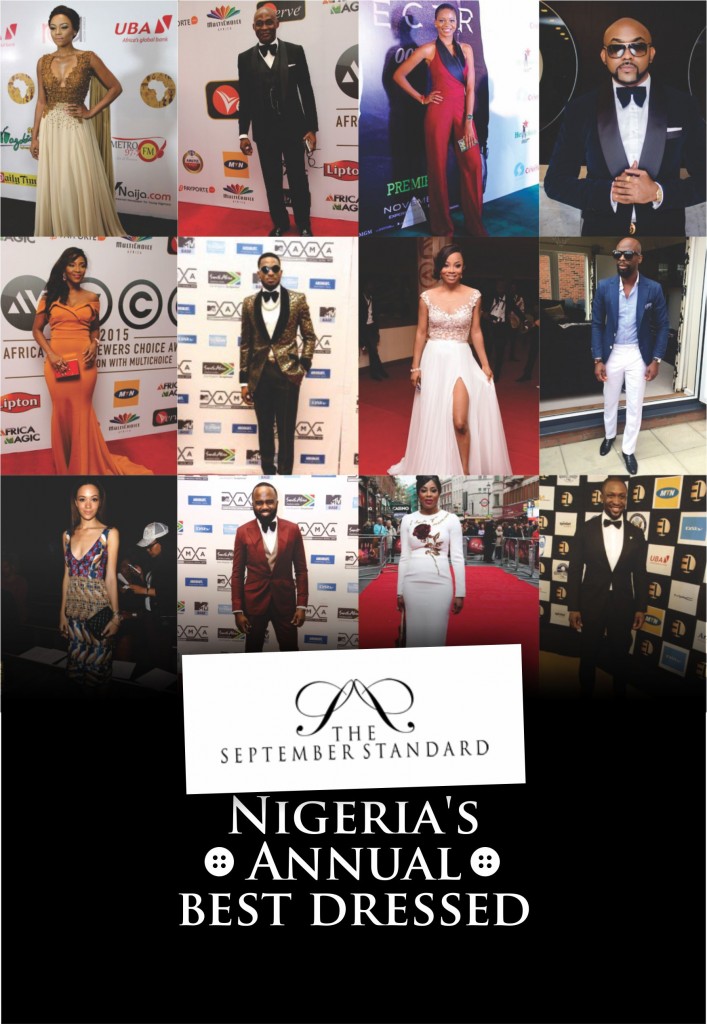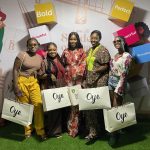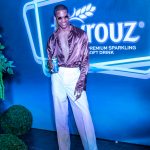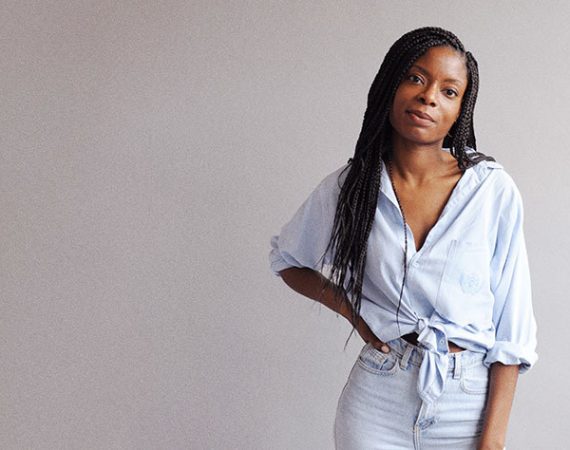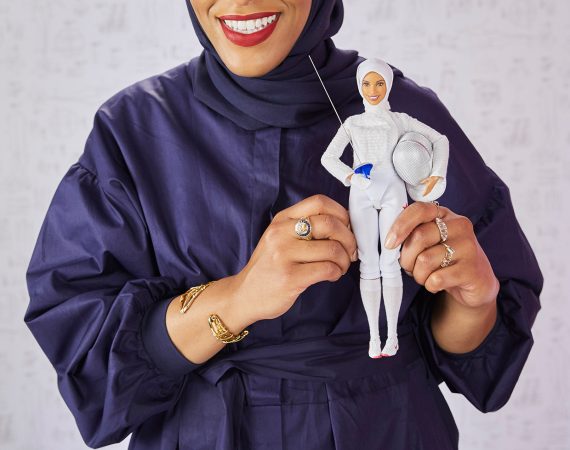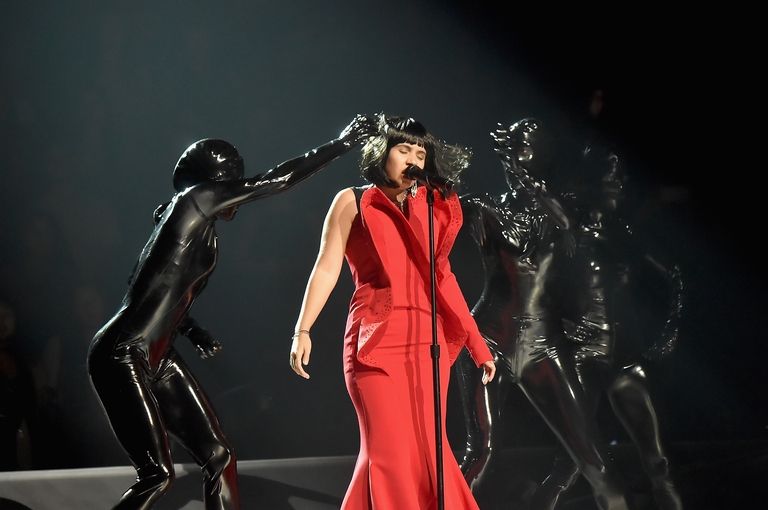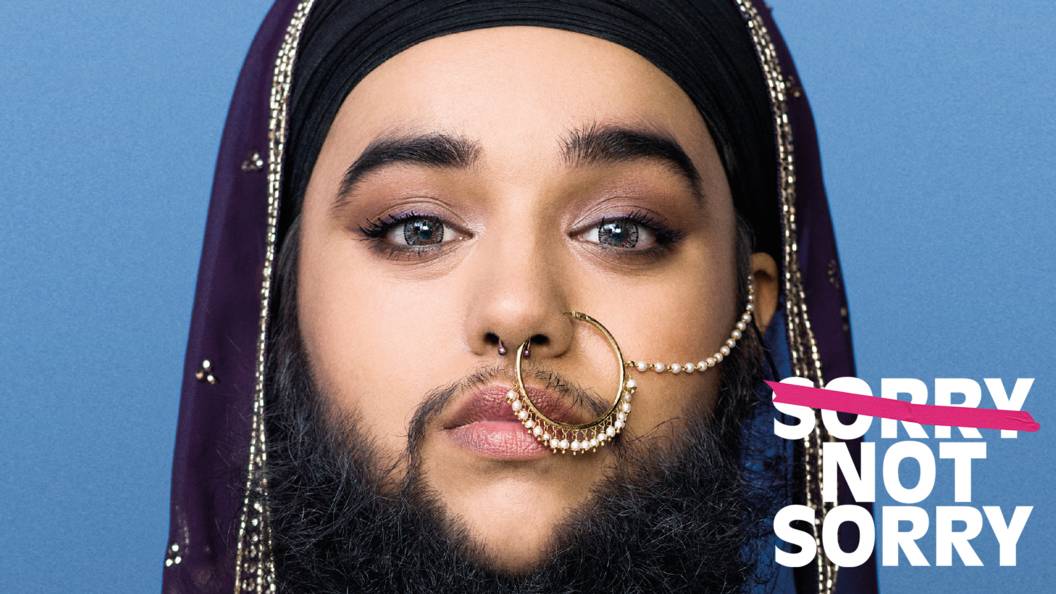“However, the label has excellent tailoring…”
If you read reviews or just even indulge in casual conversation about Nigerian labels, this phrase will come up a lot when talking about the technicalities of new collections or even a design label’s general aesthetic.
There have been many, many complaints about the Nigerian fashion industry, and one of the commonest has been the blatant, almost unapologetic copying of designs. This scourge is so endemic that it has become a descriptor for Nigerian fashion. Quite a number of our Nigerian labels copy international brands so meticulously, they cannot show their clothes outside the country for fear of legal action. The others copy each other, replicating fabric and designs to the point where we can barely tell them apart.
Then there is the unwillingness of indigenous labels to invest in the most important part of their business; the design and manufacturing process; through self education (many of our designers are ‘self trained’) or bringing in fashion professionals to manage either the creative or business sides of their labels.
When you add the practice of exploiting naive, enthusiastic entrants into the industry, and the doctoring of books to suggest that every label is swimming in financial success, you have an industry bubble waiting to implode. But this is rarely addressed, because Nigerians believe desperately in keeping up appearances.
What better illustrates this than our preoccupation with good tailoring?
This is not to say that even this is a universal industry standard. Good tailoring has become the asset it currently is because of the atrocious clothes many designers create and expect us to buy. Our industry is currently unregulated and lacks a system of checks and balances so it has become a free for all. Good tailoring has become a way to at least, separate the serious contenders from the vanity labels. But the Nigerian fashion buyer has been maltreated so badly, we now have criminally low expectations from our fashion labels.
Good tailoring shouldn’t take the place of design/innovation. What separates a privileged man/woman with an army of Beninoise tailors and a real designer is innovative design. The designer’s job is not merely to create clothes but to advance the creative industry by creating heavily referenced wearable art. Just like visual artists, a designer must create a signature voice, a point of view that stays unchanged no matter where the label decides to go with its clothes.
Amaka Osakwe of Maki Oh is a great example of a designer whose unique point of view colours her designs, no matter how far she strays from the design style she has become famous for. A handful of other Nigerian designers have also disciplined themselves into finding this singular focus. Adebayo Oke-Lawal, Lisa Folawiyo and Lanre Da Silva Ajayi are good examples of this, as they all started their labels without any formal fashion training.
Good tailoring shouldn’t be something to be praised. This would be akin to people choosing to buy Apple smart phones over Samsung ones simply because Apple screws its fastenings tighter than its rivals. Excellent manufacturing should be the starting point, not the end goal.
We should patronize designers not for how nifty their hired tailors are with a sewing machine, but for how well they are able to take an abstract idea and bring it to life even if their canvas is only a pleated skirt.

